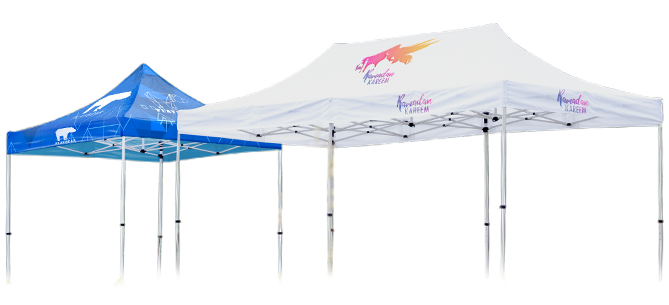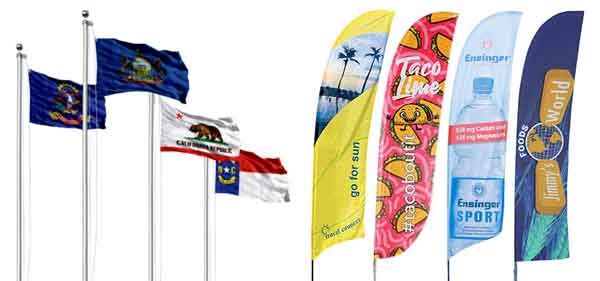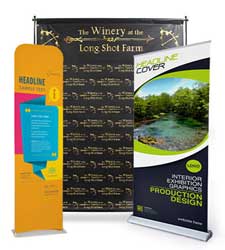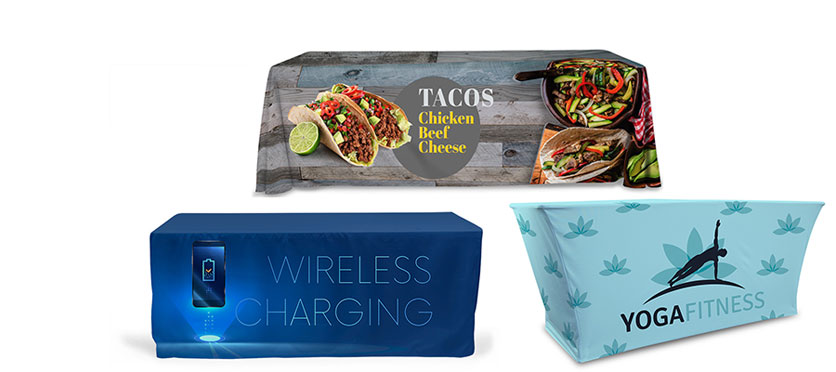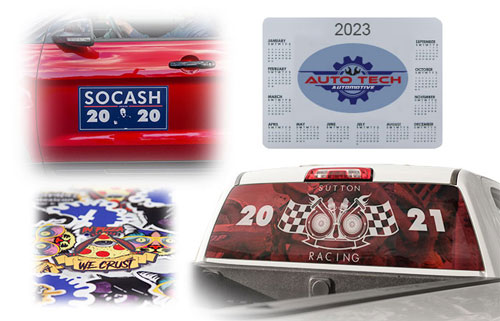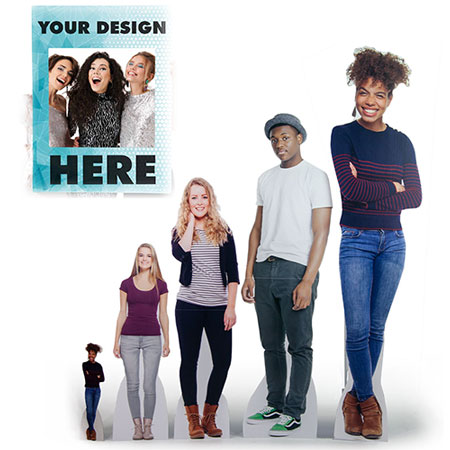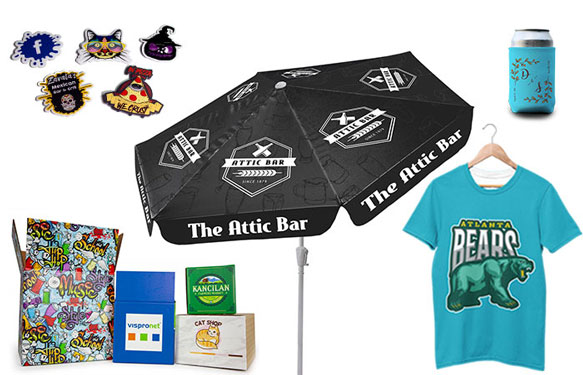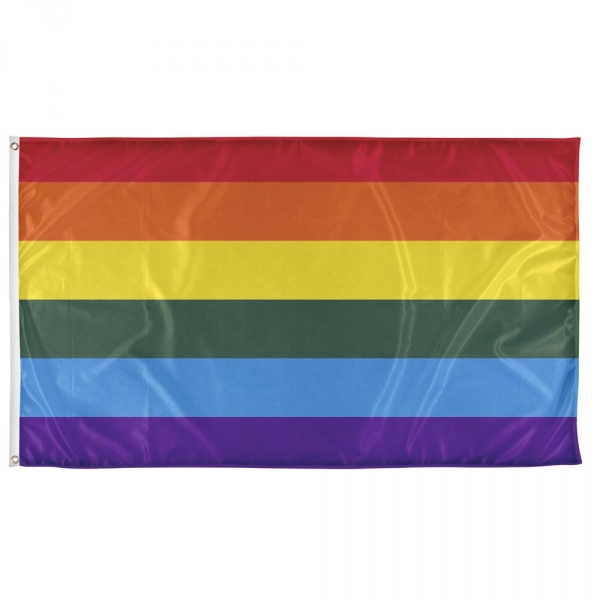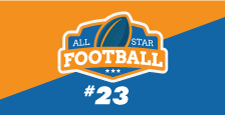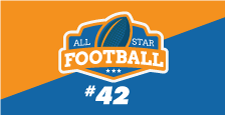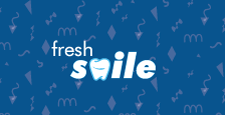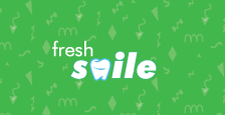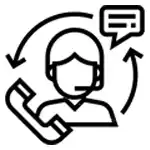Rainbow Flag
Your artwork will begin processing after you place your order. Please allow up to 2 business hours to receive a proof via email.
Note: You will be able to approve your artwork before your order is scheduled for production. Choose 'Pay Later' at checkout to approve your artwork before submitting payment.
Download the product template, insert your artwork, and re-upload the file.
Acceptable file types: PDF (preferred), AI, EPS, PSD, TIF, JPG, PNG, INDD
Note: Your template file must have all images embedded, layers & transparencies flattened, template lines removed, and saved as 1 page at the highest or maximum quality.
- CMYK color mode
- Use Pantone® Color Bridge® colors whenever possible
- Design at a 1:10 ratio (products smaller than 16” x 16” will be designed at a 1:1 ratio)
- Keep important elements within the gray image safety line
- Minimum resolution of 360 dpi on polyester fabrics
- Minimum resolution of 800 dpi on vinyl & rigid materials
- Vector art preferred
- Convert all fonts to outlines
- Embed all images and links
- Design to bleed line
- Double-check your grammar and spelling
An account is required so that we can communicate with you throughout the design process. Please enter your information below to get started.
Upload your logo and images below. Be specific about the layout, colors, text, and background. If you would like to place a reorder, please contact customer service.
We will use our discretion in accepting labor intensive artwork requests.
View more details about this service.
- Overview
- Details
- Assembly Instructions
- Reviews
- Q & A
Rainbow Flag Details
Parts List:
- Pre-printed flag
- Optional flagpole of your choice
Material:
- Outdoor Flag Polyester: Tear-resistant lightweight knitted fabric with excellent thru-print (3.25oz/yd²)
Specifications
| Model | Part Number | Size | Weight | Includes |
|---|---|---|---|---|
| Flag Only | DI8100 DI8207 |
5ft x 3ft 8ft x 5ft |
0.4lbs 1.0lbs |
Pre-printed flag |
| Flag & Hand-Held Flagpole | DI0650 | 6ft | 2.1lbs | Pre-printed flag Tangle-free aluminum flagpole Removable black handle |
| Flag & Wall-Mounted Flagpole | DI0653 | 6ft | 2.9lbs | Pre-printed flag Tangle-free aluminum flagpole Removable black handle 180° adjustable wall mount |
 Click here for Proposition 65 warning
Click here for Proposition 65 warning
Some quick rainbow flag facts:
- First designed by Gilbert Baker in 1978.
- Original design was eight horizontal stripes in pink, red, orange, yellow, green, light blue, indigo and purple.
- Current design is six horizontal stripes – red, orange, yellow, green, blue and purple.
Rainbow Flag History
The first flag for the LGBT community was designed by Army soldier and artist Gilbert Baker in 1978. Baker was motivated to make the flag by Harvey Milk, the first openly gay public official in San Francisco.
Milk challenged Baker to come up with a symbol of pride for the gay community -- something that could be used as positive alternative to the pink triangle used to identify gay people during World War II. Inspired by the five-striped “Flag of the Races,” Gilbert came up with a design that used eight horizontal stripes.
After showing the flag to Milk, Baker approached the Paramount Flag Company of San Francisco about mass-producing the flag. Since Baker had hand-dyed the colors, the “hot pink” stripe that he had used at the top of flag was not widely available, so it was removed, reducing the flag to seven stripes.
The killings of Harvey Milk and city mayor George Moscone in November of 1978 shocked and stunned the gay community.
The Gay Freedom Day Committee decided that they needed something to display for the 1979 Gay Pride Parade to show their support for Milk and other gay activists.
The committee chose Baker’s flag, removing the indigo stripe so that they could display three colors down each side of the street all along the parade route.
The modified version of Baker’s flag was soon flown outside many homes and businesses in San Francisco. Up and down San Francisco’s main avenue, there were gay pride flags flying from the street lights.
Since it was first flown in 1979, Baker’s flag has been a symbol of hope for the gay community. It has appeared on mugs, t-shirts, keychains and bumper stickers. Anywhere someone might want to show their support for the LGBT community, the flag has been there.
Not everyone has been as welcoming of the flag as San Francisco. In 1988, Jon Stout sued his landlords in West Hollywood, CA for the right to display the gay pride flag from the balcony of his apartment -- a case that he won. Almost everyone who has faced similar court cases has won them, defending their rights to display the LGBTQ flag and their support for the gay community.
While the six-stripe flag has been cemented in everyone’s mind as the gay pride flag, Baker was able to recreate his original eight-striped flag for all to see.
The original eight-stripe flag has been recreated at least twice:
- Once in 1994 in New York to mark the 25th anniversary of the Stonewall Riots that occurred in 1969.
- In 2003 in Key West, Florida to mark the 25th anniversary of the adoption of the flag as a whole.
Baker’s flag has been flown outside the US, too:
- On 12 June 2016, it was flown at the first major gay pride rally held in the Ukraine.
- From the 24th to the 26th of June, 2016, the LGBTQ flag was flown over the UK Parliament to celebrate London’s Pride Week.
The Design Behind The Gay Pride Flag
So where did the design of the LGBTQ flag come from? According to Baker, he came up with the idea in 1976.
It was the same year as the United States’ 200-year anniversary, and the country was still getting over the removal of US troops from Vietnam in 1973 and the resignation of President Richard Nixon in 1974. America was struggling to come up with a feeling of patriotism.
Baker was encouraged by Milk to come up with a symbol of pride for the gay community that affirmed their social independence.
He became hypnotized by the power of his own country’s flag -- how the stacked bars had become a symbol for many different people from many different places coming together as one.
So too was Baker hypnotized by the old red, white and blue’s ability to transform itself into a centerpiece of art projects and fashion lines.
As he looked for ways to reinvent that stacked-stripe design, Baker was very aware that any design he came up with would be competing with another, more painful symbol: the pink triangle.
The badge had been stripped of its intended meaning and reclaimed with pride by the gay community, but in Baker’s mind it still bore the ghosts of the Holocaust and Hitler.
So Baker set out to make a fabulous emblem for the gay community, by the gay community.
Many journalists and historians have speculated how Baker came up with the rainbow design in 1978. Some have suggested that it from came the fact that bright colors have long been shorthand symbols for homosexuality.
Others think it came from Judy Garland, who has long been thought of as a gay icon. Her performance as Dorothy in “The Wizard of Oz” gives us the phrase “friend of Dorothy” to refer to a gay man.
But Baker’s reasoning is much more simple than most people assume. His rainbow flag comes from the rainbow that we see every time the rain stops.
The use of the rainbow as a symbol of social change has echoed down through history. First used by German theologian Thomas Muntzer as part of his reformist sermons, the rainbow was later seized on by activists of the time to draw people to their causes.
If you’re looking to show your support for the LGBTQ cause, we have just the flag for you. Some features of our rainbow pride flags include:
- High-quality polyester construction.
- Grommets and header tape for hanging the flag.
- Large (5’x3’) design for residential, commercial or government use.
- Brilliant color reproduction thanks to proprietary Polyflag material.
- Fade-resistant and scratchproof.
For more information about the history and designs of flags in the LGBTQ+ community, view this blog post about the history and meanings of sexuality flags.
Sources:
- The Rainbow Flag
https://www.cs.cmu.edu/afs/cs.cmu.edu/user/scotts/bulgarians/rainbow-flag.html - A Brief History of the Rainbow Flag
https://www.sftravel.com/article/brief-history-rainbow-flag - The History of the Rainbow Flag
https://www.bbc.com/culture/story/20160615-the-history-of-the-rainbow-flag - The History and Meaning of the Rainbow Pride Flag
https://www.huffpost.com/entry/rainbow-pride-flag-history_n_5b193aafe4b0599bc6e124a0
 Click here for Proposition 65 warning
Click here for Proposition 65 warning

